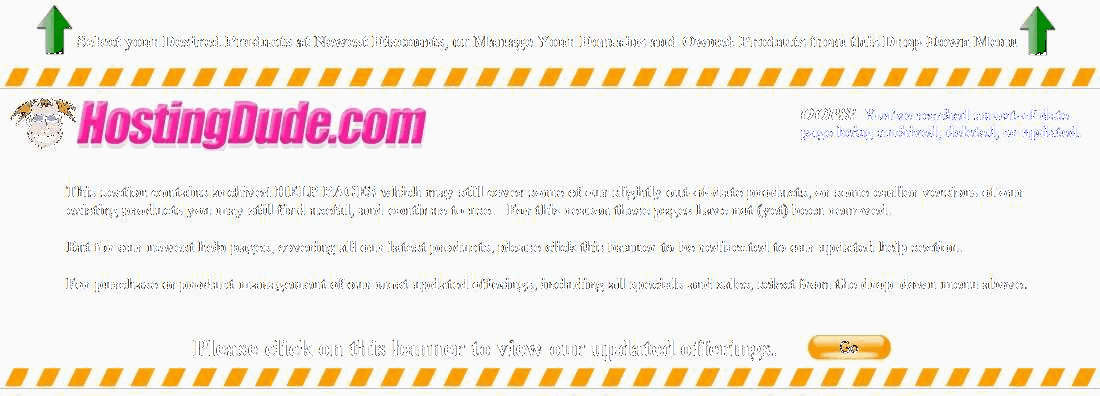What should I do if Website Protection Site Scanner identifies malware on my site?
If Website Protection Site Scanner identifies malware on your website, review the issue details to see which URLs are identified as suspicious, and which pages in your site are affected. Do not go to the suspicious links, even if they are pages in your website.
Before viewing your website, install a NoSCRIPT plugin or extension in your browser to help prevent possible malware scripts from infecting your computer. See your browser's help for information about using add-ons.
If you regularly back up your website, restore to a clean version you saved prior to adding the URL. After you restore, contact the source listed in the issue details and request they review your site again.
If you don't have a clean backup, how you resolve the issue depends on the malware URL:
- If the suspicious URL is identified in your site's content, safely review the code for pages listed in the issue details that contain the URL and delete all references you find. Be sure to check image URLs and databases, and look for unexplained changes or links.
- If your domain is identified by a reputation source as potentially suspicious, carefully review all of your site's files, including databases, for unexplained changes.
Also, be sure to change your FTP and database passwords. When you update your database password, don't forget to update the connection string with your new password. For more information, see the following:
Changing Your Hosting Account (FTP/Panel) Password and Username
Resetting Your MySQL Database Password
Resetting Your MS SQL Database Password
After you remove the malicious links or code from your site, contact the provider listed in the issue details to request they review your site and remove it from their list.
When you confirm the malware is gone and your site is no longer listed, return to Site Scanner and click the green icon — ![]() — to resolve the issue. Site Scanner scans your site within 24 hours to verify the resolution and provide updated results.
— to resolve the issue. Site Scanner scans your site within 24 hours to verify the resolution and provide updated results.
To learn more about malware and how to prevent it, see What is malware? and Identifying, Removing, and Preventing Malware on Your Hosting Server.





